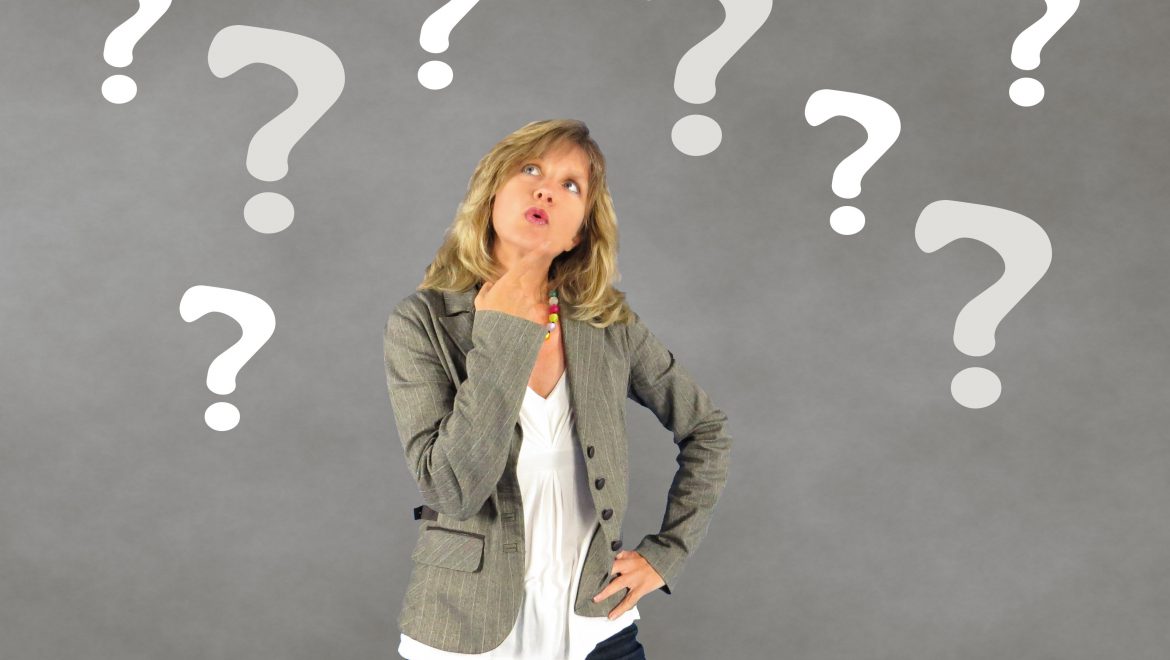
From ProCon.org, a nonpartisan nonprofit organization that promotes critical thinking and informed citizenship by presenting controversial issues in a straightforward format, this article presents three short short introductions to the First Intifada, each presenting a different perspective. The first excerpt, from Ami Isseroff, former Director of the MidEastWeb for Coexistence, is balanced and fact-focused. The second, by Benny Morris, a key member of the group of Israeli historians known as the “New Historians,” focuses on the role of Israel’s presence in the Gaza Strip and the West Bank in the Intifada and its aftermath. The third, by Michael Hudson, Director of the Center of Contemporary Arab Studies, largely blames Israel for the ongoing conflict.
Ami Isseroff, DSc, former Director of the MidEastWeb for Coexistence, an Israeli-based non-governmental organization, wrote in his Nov. 11, 2008 article “Intifada” on mideastweb.org:
“Intifada means ‘shaking off’ or ‘shaking up.’ It is generally applied to uprisings in modern times including… [the] First Intifada, a Palestinian Arab uprising against Israel from 1987 to about 1993…
The first Intifada began in December of 1987… On December 6, 1987, an Israeli plastics salesman, Shlomo Sakal, was fatally stabbed while shopping in Gaza. On December 6, there were… riots in Gaza. Two to four days after the stabbing, four residents of the Jabalya refugee camp in Gaza were killed in a traffic accident. Rumors spread that the four had been killed by Israelis as a deliberate act of revenge. Mass rioting broke out in Jabalya on the morning of December 9. A 17-year-old threw a Molotov cocktail at an army patrol and was killed by an IDF soldier. His death supposedly became the trigger for large-scale riots that engulfed the West Bank, Gaza and Jerusalem…
The first Intifada was characterized largely by leafleting and rock throwing, primarily because Palestinians did not have a lot of weapons… Palestinian organizations [and] militant groups initially played little or no role in the first Intifada, which had caught the PLO by surprise…
Overall the Palestinians suffered about 2,000 deaths in this period, and the Israelis in the neighborhood of 160-300…”
Nov. 11, 2008 – Ami Isseroff, DSc
Benny Morris, PhD, Professor of History at Ben-Gurion University, in his 2001 book Righteous Victims, wrote:
“The uprising began on December 8-9, 1987, fully two decades after Yasser Arafat first called for a revolt against the Israeli occupation in the West Bank and the Gaza Strip. It came as a complete surprise to the P.L.O [Palestine Liberation Organization], and took a course totally different from that preached by the organization’s leaders. It was not an armed rebellion but a massive, persistent campaign of civil resistance, with strikes and commercial shutdowns, accompanied by violent (though unarmed) demonstrations against the occupying forces. The stone and, occasionally, the Molotov cocktail and knife were its symbols and weapons, not guns and bombs…
The Intifada ended in a stalemate, with the Palestinians unable to eject the Israelis from the territories and the Israelis unable to stop the violence. That made the occupation increasngly uncomfortable. As a result, both sides soon fundamentally revised their policies: Within months the P.L.O. agreed to recognize and make peace with Israel, and to establish a self-governing entity in a small part of Palestine. And Israel, some months later, agreed to recognize the P.L.O. and to evacuate much if not most of the West Bank and Gaza Strip.In addition, the United States was to recognize the P.L.O. and reopen its dialogue with it, and Jordan finally severed all administrative links with the West Bank. Ultimately, the result of the Intifada was a basic restructuring of geopolitical realities in the region, one of which was the start of the emergence of a Palestinian state.”
2001 – Benny Morris, PhD
Michael C. Hudson, PhD, Director of the Center of Contemporary Arab Studies, in an essay titled “The Transformation of Jerusalem 1917-1987,” published in Jerusalem in History, wrote:
“The intifada erupted on 9 December 1987… Triggered by an incident in Gaza, the uprising was the product of an accumulation of Palestinian tensions and grievances…
In mid-January the intifada broke out in the heart of Arab Jerusalem itself, as Israeli security forces used tear gas around the two especially sacred mosques in the Haram al-Sharif, trying to disperse Palestinian demonstrators. Accustomed to thinking of Jerusalem and its Arab population as an integral part of Israel, Israelis were shocked by the solidarity with the intifada being demonstrated in East Jerusalem…
By the time the intifada marked its first anniversary, it had already had a profound impact on the politics and diplomacy of the Arab-Israeli conflict. Spurred largely by the uprising, Jordan definitively renounced its theoretical role as agent for the Palestinians; the Palestine Liberation Organization declared itself definitively in favor of a two-state solution, recognizing Israel’s right to exist, accepted U.N. Resolution 242, and renounced terrorism; and the United States agreed to open official contacts with the PLO. The effect of the intifada on Israel, however, appears to be a hardening of the attitudes toward Palestinian aspirations.”
Oct. 1999 – Michael C. Hudson, PhD


